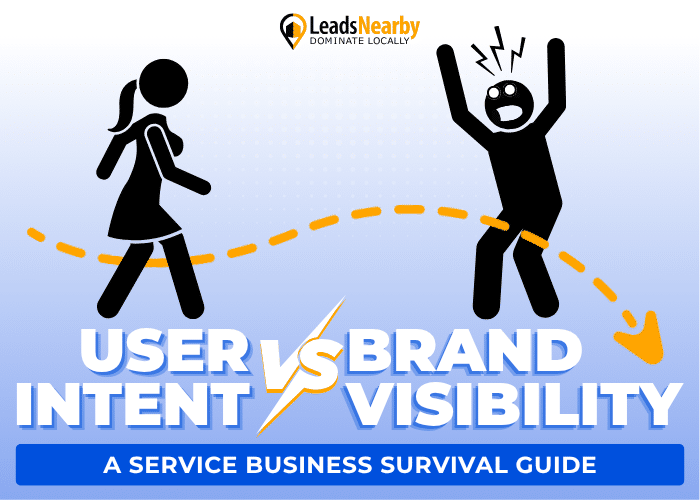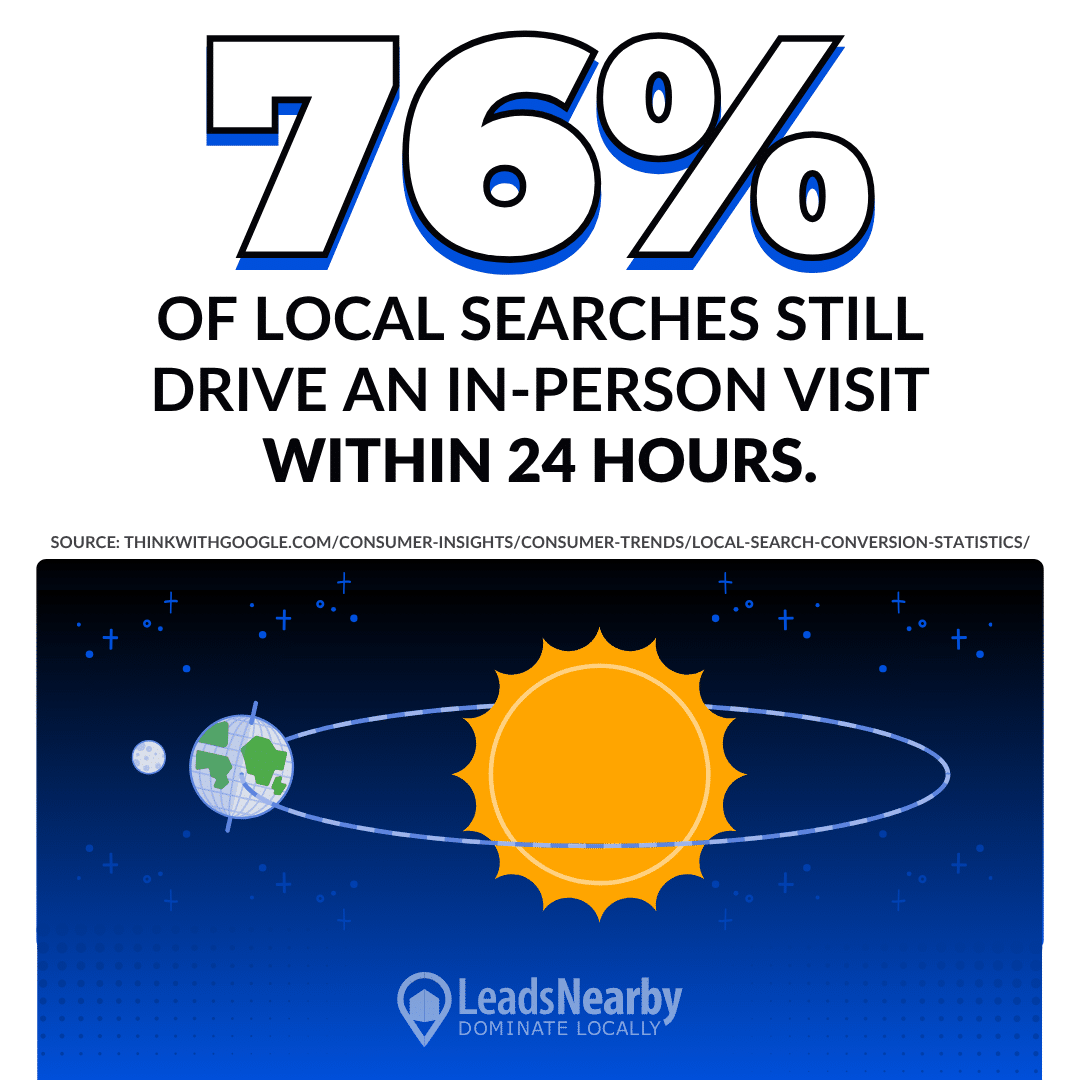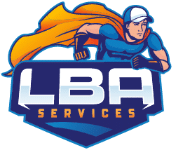
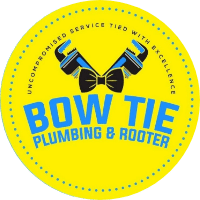






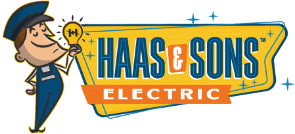



Google SERP Updates: A Service Business Survival Guide
Understand Google’s Changing Search Results — And Keep Leads Flowing
Key Takeaways From Google SERP Updates:
- Google has moved from organic blue links to AI answers, ads, and interactive packs.
- Zero-click results now appear in nearly 60 % of U.S. searches, yet Google reports that 76 % of local searches still drive an in-person visit within 24 hours.
- Focus on rich Google Business Profile signals, Local Service Ads, and helpful content to stay visible.
- Review this timeline yearly to adjust bids, schema, and on-site answers.
What Does a Google SERP Update Look Like Today?
There was a time when your Search Engine Results Page (SERP) held only organic results. That page of “blue links” built the trust Google still relies on today; however, their drive to increase revenue keeps Google constantly refining what that search experience looks like.
Now, your average SERP blends ads, local packs, videos, AI summaries, and shopping cards. Each new module can push your organic spot lower, so knowing every update helps you protect traffic.
Request a free SERP-visibility audit →
Understanding today’s crowded results page is easier when you follow the breadcrumbs back in time. Each tweak — whether it was dropping right-rail ads or adding AI snapshots — reshaped where users click and how brands compete. The timeline below highlights the turning points that matter most to small, service-area businesses.
Major Google SERP Milestones (2016 – 2025)
The table shows when each layout change rolled out and what it meant for small, service-area businesses.
| Year | Update | Practical Effect |
|---|---|---|
| 2016 | Right-rail text ads removed | PPC costs rose; fewer above-the-fold organic spots[3] |
| 2017 | Mobile-first indexing | Fast, responsive sites gained rank[4] |
| 2019 | Map Pack shrank 7 → 3 | Local visibility tightened[5] |
| 2020 | Local Service Ads expand U.S. | Paid badges sit above map results; see our LSA guide |
| 2022 | Helpful Content core update | Thin pages lost ranking; details in Algorithm Updates article |
| 2024 | Map block pushed lower; AI Overview tests | Many GBPs saw fewer calls |
| 2025 | AI Overviews wider rollout | More zero-click results; need schema & authority |
Why Did Removing Right-Rail Ads Matter?
When Google erased its sidebar ads in 2016, it tightened the paid spotlight and pushed organic links lower, forcing small businesses to fight harder for every click.
Before the change, modest budgets could still grab attention in those cheaper right-hand spots. The sudden removal slashed inventory overnight, and auction prices jumped. Contractors who once paid a few dollars per lead watched bids soar past their comfort zone.
At the same time, the “free” organic links were shoved a notch down the page, so even strong SEO felt the squeeze. For local service providers, that double hit was more than an inconvenience—it was a wake-up call. The companies that survived pivoted fast: refining on-page content, gathering fresh reviews and exploring newer ad formats like Local Service Ads.
The lesson still holds: when Google shrinks your stage, you either sharpen your performance or fade into the background.
How Do AI Overviews Change Click-Through Rates?
Google’s AI Overviews answer many questions on the spot, so businesses must structure their content—and their credibility—to win the shrinking pool of actual clicks.
AI summaries now sit above the fold, offering digestible answers pulled from pages Google trusts. Studies show nearly 60 percent of searches already end without a website visit[1], and that share climbs each time the AI box appears. For a plumber or HVAC tech, fewer clicks can mean fewer calls.
The overview isn’t a dead end; it’s an audition.
If your page carries clear headings, FAQ schema, and consistent five-star reviews, the AI is far more likely to quote you. When that happens, your phone number, rating, or brand name rides along, nudging the user to take the next step.
Action Plan: Five Moves to Stay Visible After Every Update
- Own Your GBP. Fill every field, post weekly, and add fresh photos. Take a deep dive into GBP.
- Layer LSAs. Even $300 per week can recapture top-of-page real estate.
- Add FAQ-rich schema. Give AI Overviews and voice search clear, crawlable answers.
- Publish “helpful content.” Google succeeds when their searchers are happy. Provide content that completely answers questions to be shown more.
- Diversify funnels. Email, social proof and community events offset SERP volatility. We have a ton of great community involvement ideas.
User Intent VS Brand Visibility
Google surfaces pages that answer a searcher’s exact need — your brand shows up only when your content proves it can help.
Think of every query as a customer raising a hand. If your site loads fast, speaks plainly and backs claims with recent reviews, Google lifts it into view; if not, updates push you lower until you disappear. Use this guide’s checklist to close each intent gap: rewrite service pages around real questions, add FAQ-schema and let happy clients supply star-power.
Need a clear next step? Contact us and we’ll map out exactly where intent meets opportunity—so your phone keeps ringing, no matter how Google changes tomorrow.
Frequently Asked Questions About Google SERP Updates
Do I need LSAs if my GBP still ranks in the map pack?
Yes. LSAs appear above the map, so they capture urgent clicks even when your organic map rank holds.
How often does Google change the SERP layout?
Minor tests run daily; major shifts land several times a year and are logged in Google’s release notes.
Can zero-click searches hurt lead volume?
They can, but clear summaries and phone-number schema can win calls directly from the SERP.
What KPIs show I’m adapting well?
Track map-pack impressions, LSA call volume and organic click-through versus last year’s baseline.
Last updated: July 2025
How Google Review Photos Turn Browsers Into Buyers » « Marketing Automation Case Study: 236% Revenue Growth In Eight Months